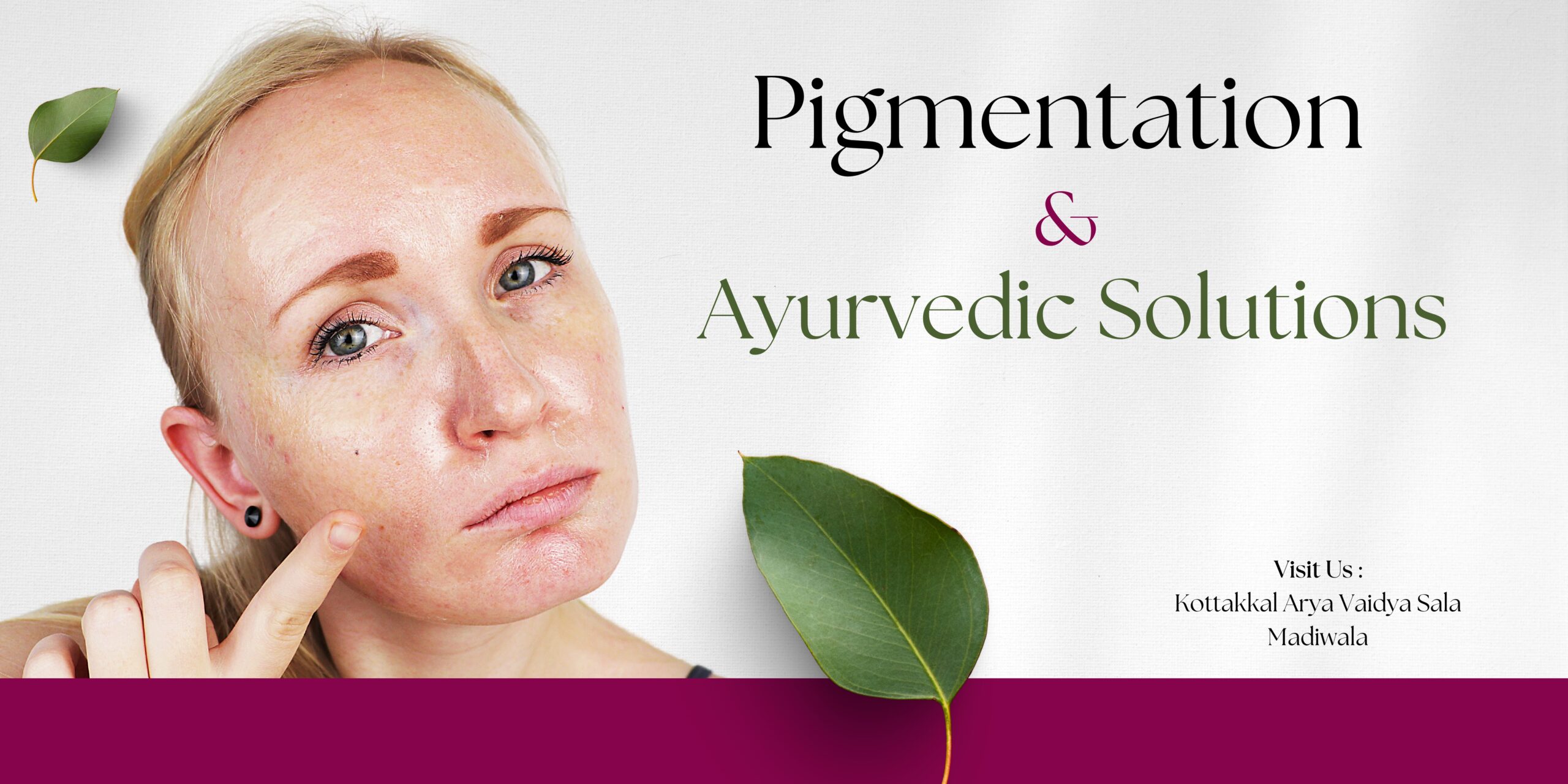When it comes to achieving healthy and radiant skin, one common concern that many individuals face is facial pigmentation. Uneven skin tone, dark patches, and melasma can affect our confidence and self-esteem. While there are various treatments available, Ayurveda, the ancient Indian system of medicine, offers natural and holistic solutions to combat Skin pigmentation. In this article, we will delve into the world of Ayurvedic treatments for Skin pigmentation and explore effective remedies that can transform your skin.
Causes of Skin Pigmentation
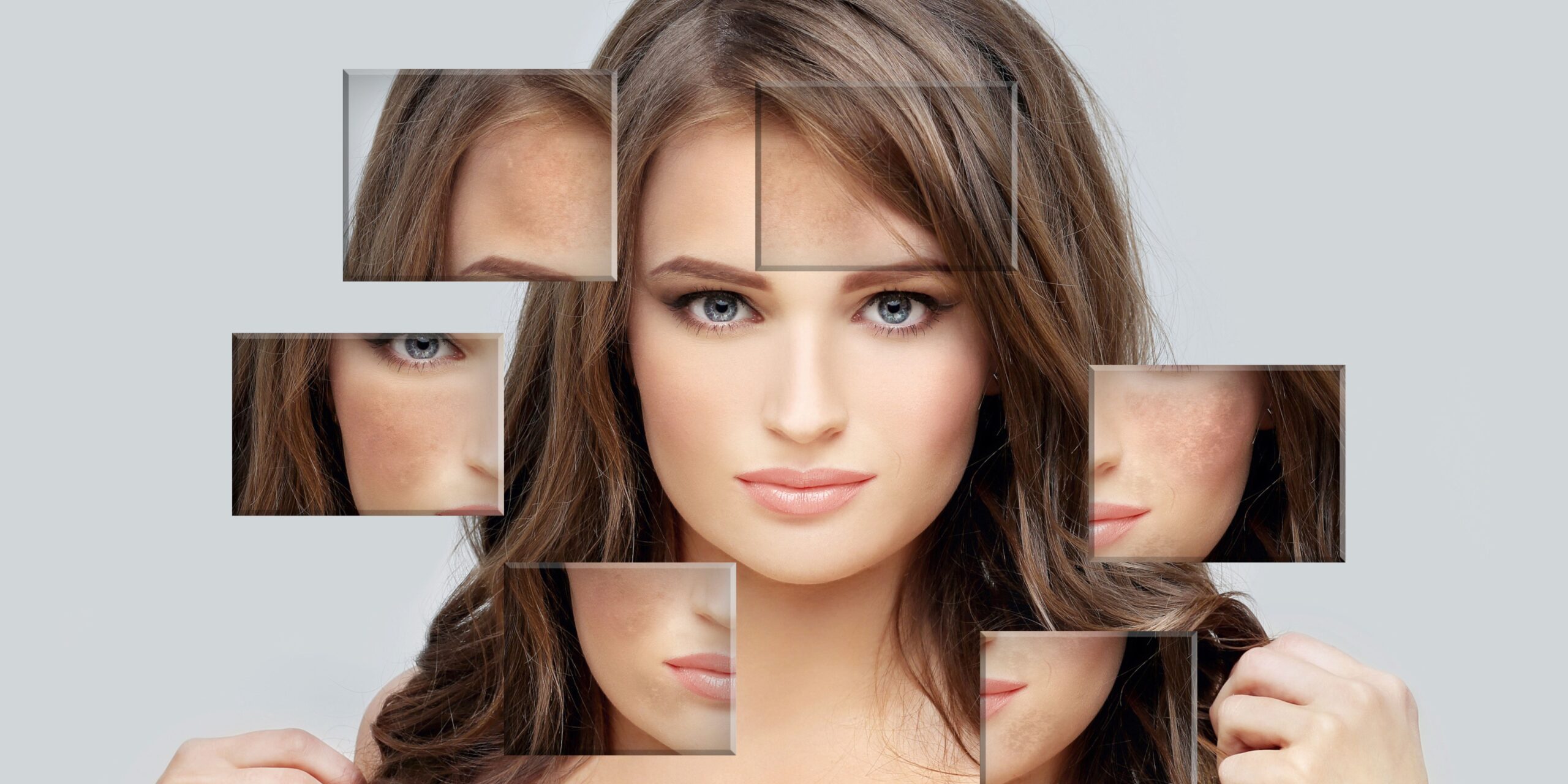
To effectively treat Skin pigmentation, it is crucial to understand the underlying cause.
- Sun Exposure: Prolonged and unprotected exposure to the sun’s harmful UV rays can trigger the production of excess melanin, leading to pigmentation issues.
- Hormonal Changes: Fluctuations in hormones, particularly during pregnancy, menopause, or while taking hormonal medications, can contribute to facial pigmentation.
- Genetics: Some individuals are genetically predisposed to develop pigmentation problems, making them more susceptible to facial discolouration.
- Post-Inflammatory Hyperpigmentation: Skin inflammation or injury, such as acne, eczema, or skin trauma, can cause pigmentation concerns as part of the healing process.
- Age: As we age, the skin’s natural renewal process slows down, leading to the accumulation of melanin pigment in certain areas and the formation of age spots or “liver spots.”
- Medications and Chemicals: Certain medications, such as chemotherapy drugs, antimalarial drugs, and hormonal medications, can cause hyper-pigmentation side effects. Exposure to certain chemicals and toxins can also contribute to skin discoloration.
Ayurvedic point of view on pigmentation
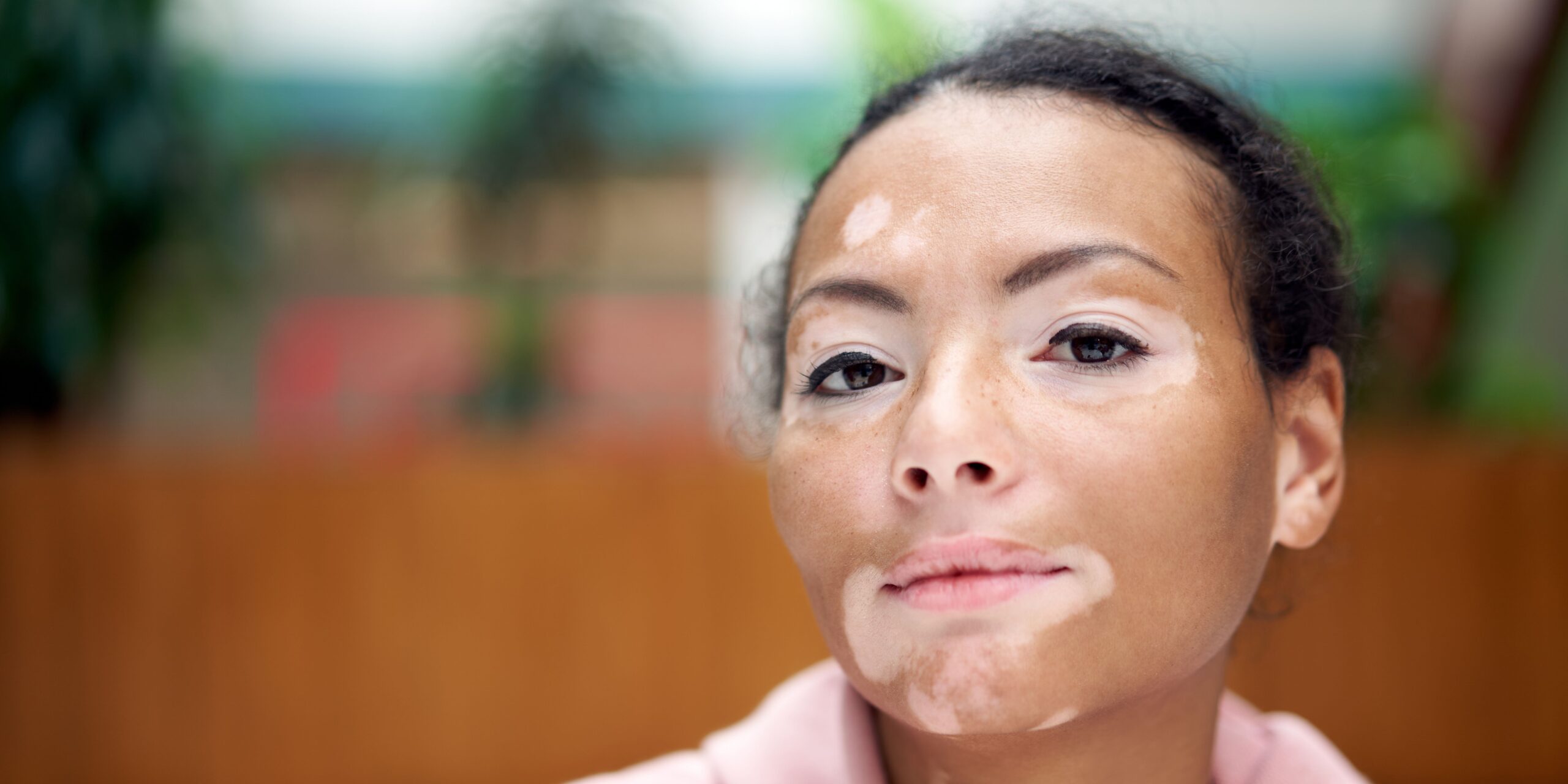
According to Ayurvedic principles,Pigmentation is often associated with imbalances in the doshas, or fundamental energies, particularly Pitta and Kapha.
Excessive Pitta dosha can lead to an accumulation of heat and toxins in the body, resulting in inflammation and skin discoloration.
Kapha imbalances, on the other hand, may manifest as sluggish metabolism and poor circulation, contributing to the accumulation of toxins in the skin.
Tips To Treat & Avoid Skin Pigmentation

- Plan your day keeping the circadian rhythms of your body: try to wake up early, meditate, eat healthy meals and sleep early.
- Dehydrated skin is more prone to skin pigmentation. So make sure you drink 8-10 glasses of water everyday.
- Make most of seasonal fruits, leafy green vegetables, legumes, and antioxidants that counter any free radical damage.
- Avoid sun exposure as much as possible. When outdoors, make most physical blocks like dark-colouredclothing, sunglasses and hats to avoid sun exposure. Make sure you apply a broad-spectrum sunscreen that protects you from sun damage and dark spots.
- Add a night cream that hydrates skin, reduces melanin production and imparts a natural glow will help you reduce hyperpigmentation.
Ayurvedic Remadies For Pigmentation
Ayurveda utilizes a wide range of herbs and natural ingredients known for their skin-healing properties. Some of the commonly used herbs for Ayurvedic Treatment For Pigmentation on the face & Body include:
Kumkumadi Oil
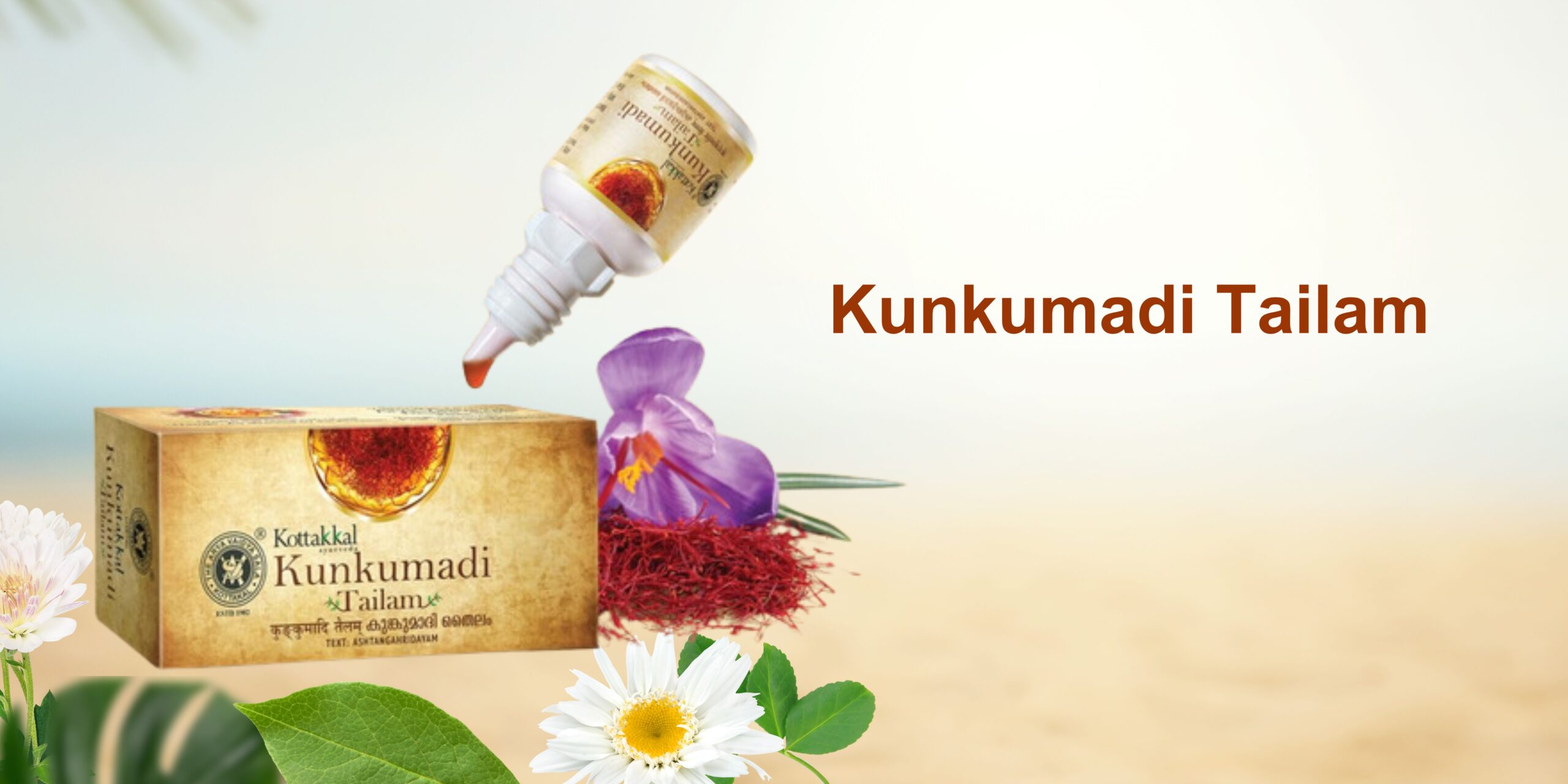
An Ayurvedic formulation prescribed for dull, pigmented and ageing skin, it is formulated with saffron, manjishtha, sandalwood and liquorice extracts. Not only does this reduce hyperpigmentation on the face, but also illuminates skin.
Nalpamaradi Kera Thailam / Nalpamaradi Thailam
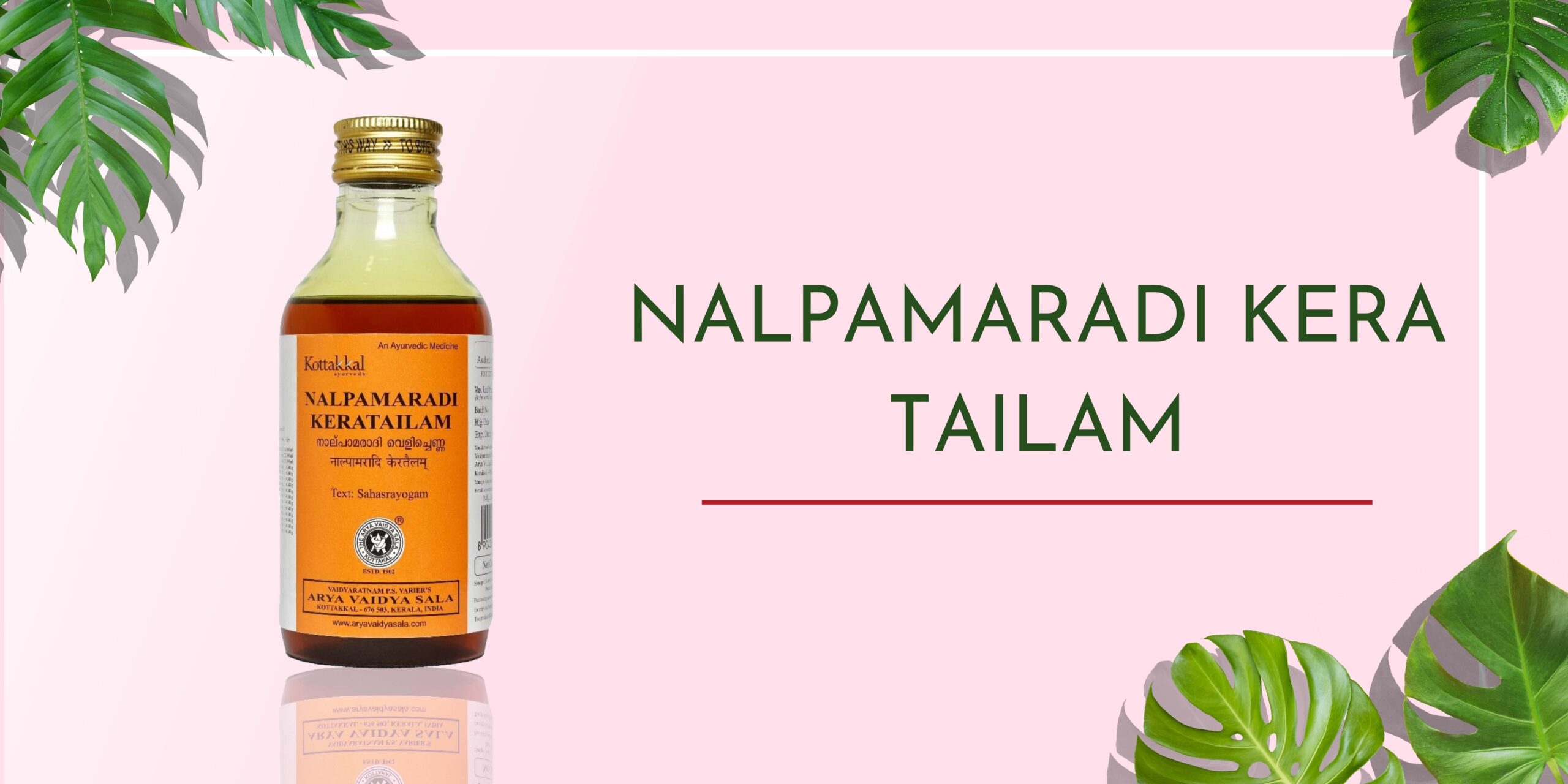
Described as a natural skin illuminator in Ayurveda, Nalpamaradi Thailam is a miracle oil that brightens the complexion. With barks from four different species of Ficus trees, it also has ingredients like vetiver, turmeric and amla to help reduce pigmentation. Known for its detanning properties, Nalpamaradi Thailam can be used on the face and body.
Ayurvedic formulations like chandanasava, khadirarishta, and triphala churna are the treatment For Pigmentation On Face. These formulations are prepared using a combination of herbs and can be taken orally or used topically, depending on the individual’s needs.
Ayurvedic Herbs For Pigmentation Treatment At Home
Other than these ready-to-use oil blends, bookmark these three wonderful ayurvedic herbs and DIY skin packs for skin brightening:
- Manjistha : This is an Ayurvedic herb that is a blood purifier and can treat the skin from within. It is believed to be an effective pitta pacifier. You can consume it in the form of a capsule (after consulting an Ayurvedic doctor) or make a face pack with manjistha powder with honey.
- Turmeric: This golden spice has potent anti-inflammatory and skin-brightening properties, making it effective in reducing pigmentation and improving overall skin tone. You can create a face mask by combining turmeric with other ingredients like milk or yogurt.
- Neem: Known for its antibacterial and antifungal properties, neem helps cleanse the skin, reduce dark spots, and promote a clear complexion. Neem leaves can be ground into a paste and applied to the affected areas.
- Aloe Vera: This soothing plant has cooling and healing properties that can help fade pigmentation and even out skin tone. Apply fresh aloe vera gel directly to the pigmented areas and leave it on for 20-30 minutes before rinsing.
- Liquorice: Licorice extract is a natural skin-lightening agent that can effectively minimize pigmentation and brighten the complexion. Mix liquorice powder with honey or rose water to form a paste and apply it to the affected areas.
Ayurvedic Dietary Recommendations for Healthy Skin
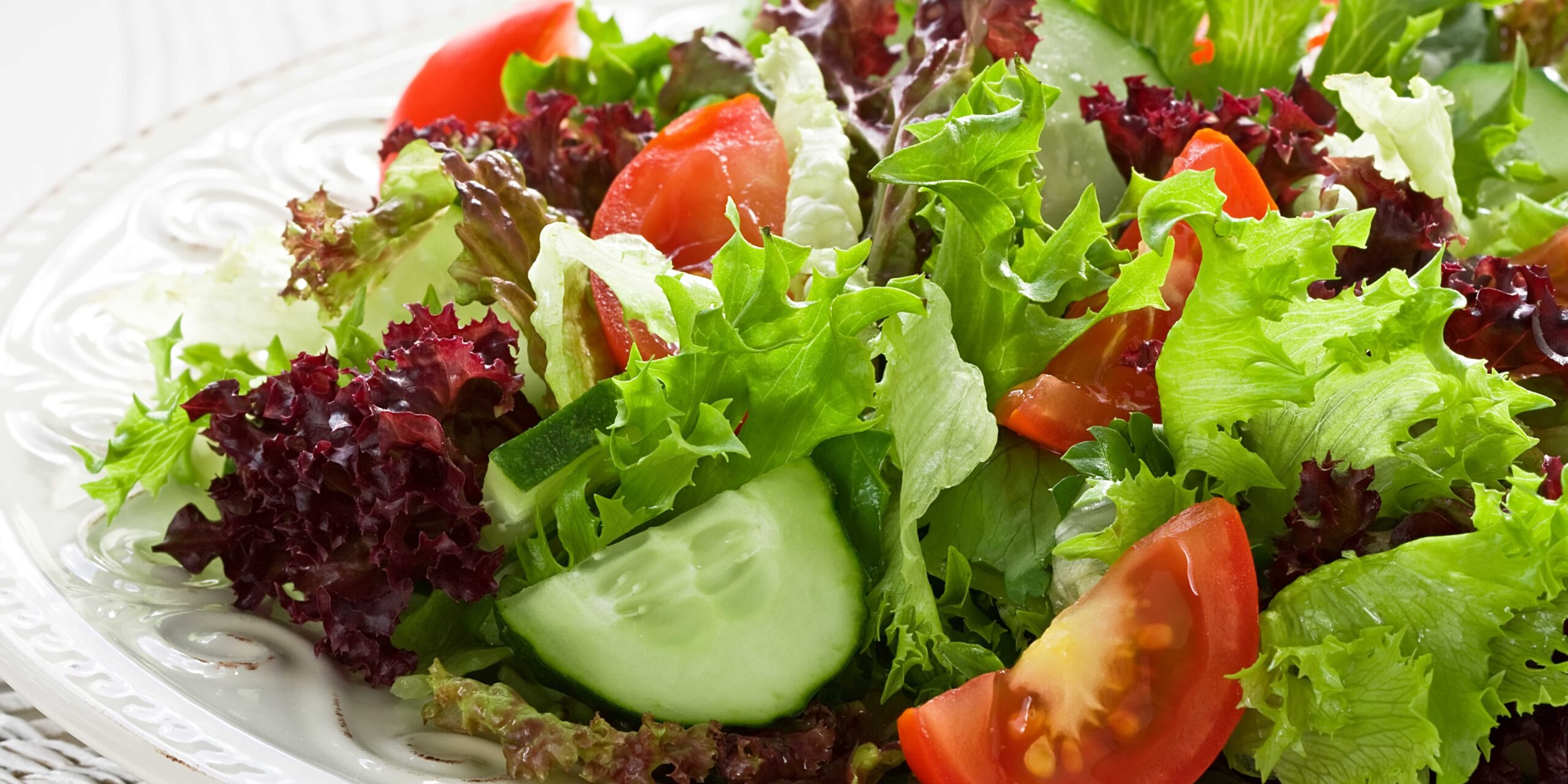
In Ayurveda, a balanced diet plays a crucial role in promoting skin health and reducing pigmentation. Including specific foods in your diet can help address the underlying imbalances that contribute to facial pigmentation. Some Ayurvedic dietary recommendations for healthy skin include:
- Eating a variety of fresh fruits and vegetables to obtain essential vitamins and antioxidants that support skin health. Include colourful fruits and vegetables like berries, citrus fruits, spinach, and carrots.
- Incorporating cooling and Pitta-balancing foods such as cucumber, watermelon, coconut, and leafy greens. These foods help cool down the body and balance the Pitta dosha, which is associated with skin inflammation.
- Avoiding Pitta-aggravating foods like spicy, fried, and processed foods, as they can contribute to skin inflammation and pigmentation. Opt for lighter and easily digestible meals.
Ayurvedic Facial Therapies for Pigmentation
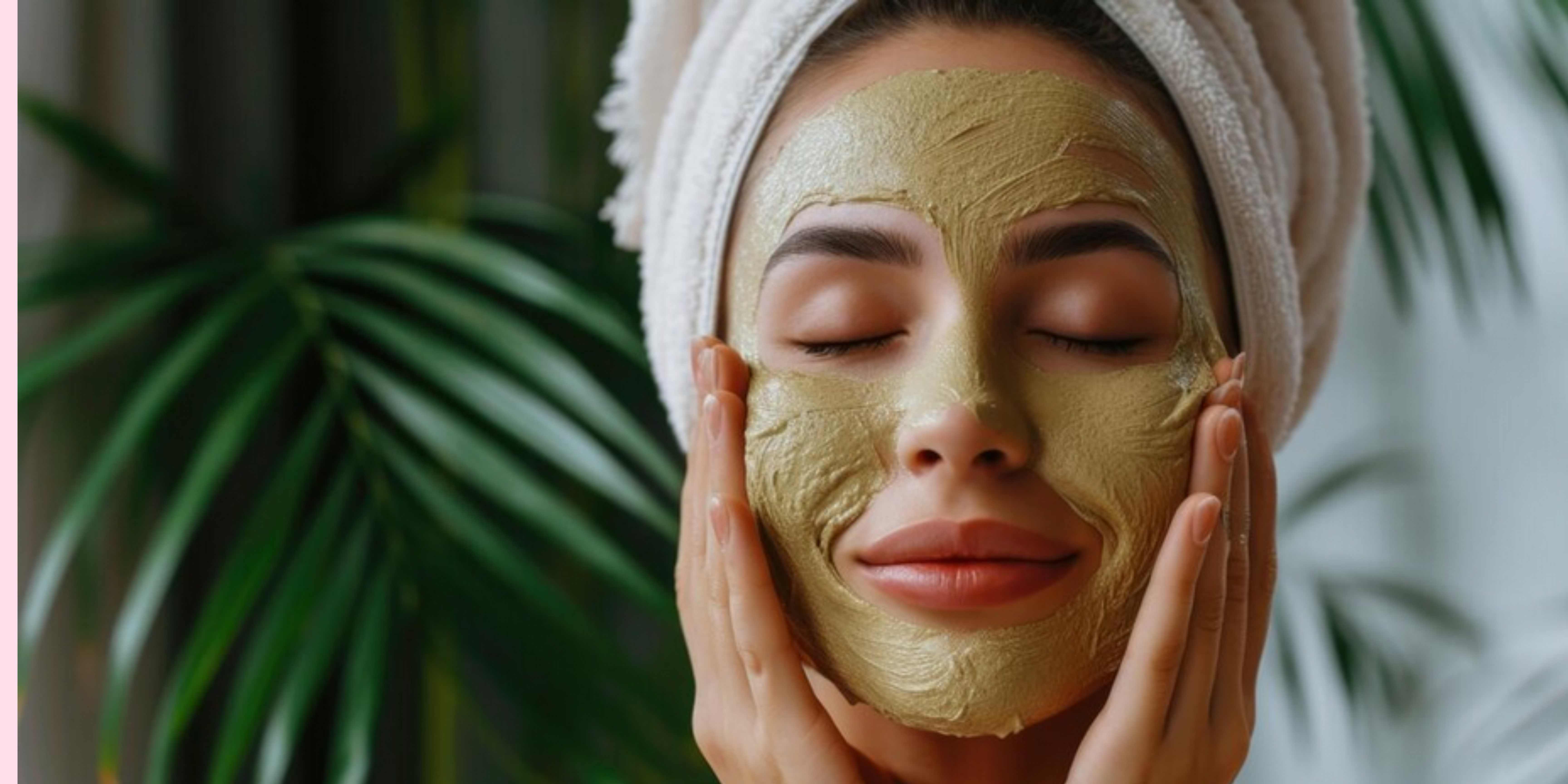
Ayurvedic facial therapies can provide targeted treatment for facial pigmentation. Some commonly used therapies include:
- Mukhalepam: This Ayurvedic facial treatment involves applying herbal pastes and masks tailored to an individual’s skin type. The masks help exfoliate dead skin cells, reduce pigmentation, and promote a more even skin tone. The ingredients used in the mask may include herbs like sandalwood, rose, and manjistha.
- Nasya: Nasya is a nasal administration of herbal oils or powders that helps balance the doshas and improve overall skin health. It can be beneficial for reducing pigmentation caused by imbalances in the body.
Conclusion
In conclusion, Ayurveda offers a comprehensive and natural approach to treating pigmentation, focusing on restoring balance to the body and promoting skin health from within. By incorporating Ayurvedic treatments, remedies, and lifestyle recommendations into your skincare routine, you can effectively address pigmentation and achieve clearer, more radiant skin.
Remember to consult with a qualified Ayurvedic practitioner or dermatologist before starting any new treatment regimen, especially if you have preexisting skin conditions or allergies. With patience, consistency, and a commitment to holistic wellness, you can experience the trans formative power of Ayurveda in restoring your skin’s natural beauty and vitality.
For Skin care Treatments Visit Kottakkal Arya Vaidya Sala Madiwala

